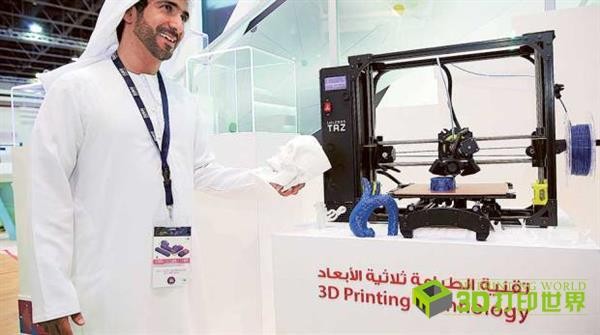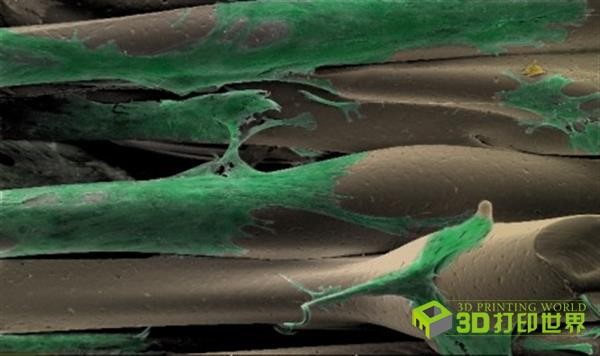With the gradual improvement of technology, materials, investment, policies and regulations, 3D printing is being adopted by more and more doctors and hospitals, becoming a powerful auxiliary means for precise and personalized treatment. The recent surprises in a series of bio 3D printing also show us many possibilities and opportunities. 1. Dubai plans to apply 3D printing technology to all its hospitals Recently, the Dubai Health Authority (DHA) announced that by 2017, all hospitals in Dubai will use 3D printing technology in a variety of applications, including 3D printed prostheses, denture molds, fractured plaster and 3D printing for preoperative preparation and simulation. organ. Dr. Mohammad Al Redha, Director of DHA's Organizational Change Department, said that plans to integrate 3D printing into all hospitals in Dubai have been finalized and will be implemented in the coming year. “This strategy will speed up medical procedures, save costs, and help doctors plan complex surgeries in the preoperative phase.†Comments: Tuhao Dubai has always been a model of "big hand" in 3D printing applications, and the planning layout of medical 3D printing has also come one after another. If these plans can be realized in the short term, Dubai will undoubtedly become a leader in this field. 2. 3D printed bone tissue engineering scaffold with stem cells as raw material The Moroni Laboratory at Maastricht University in the Netherlands (one of the largest bio-manufacturing centers in Europe) has recently developed a unique 3D printing scaffold that creates favorable conditions for stem cells to differentiate into bone cells. Project researchers say they want to control the "destiny" of cells through 3D printed stents and build a complete database of cell structures, including skin cells and bone cells. "The cells in the first generation are suspended in a hydrogel or implanted in a 3D porous matrix, but these regenerative tissues cause degeneration after a few years of surgery, so surgery is needed again." To address these obstacles, the “smart build†of 3D printing is especially critical, helping to achieve control of implanted stem cells. "It is necessary to better control the interaction of substances between cells, which can maintain the structure and time of tissue engineering. It is also the key to keeping cells in place and controlling the dormancy, reproduction and differentiation of cells in 3D printing scaffolds. †Comment: Stem cell differentiation is a very important step towards 3D printed bone implants. The results of this research at Maastricht University have opened up new possibilities for the development of 3D printed bone and joint implants. Shanghai J.Shine Co.,Ltd , https://www.jshinechem.com
